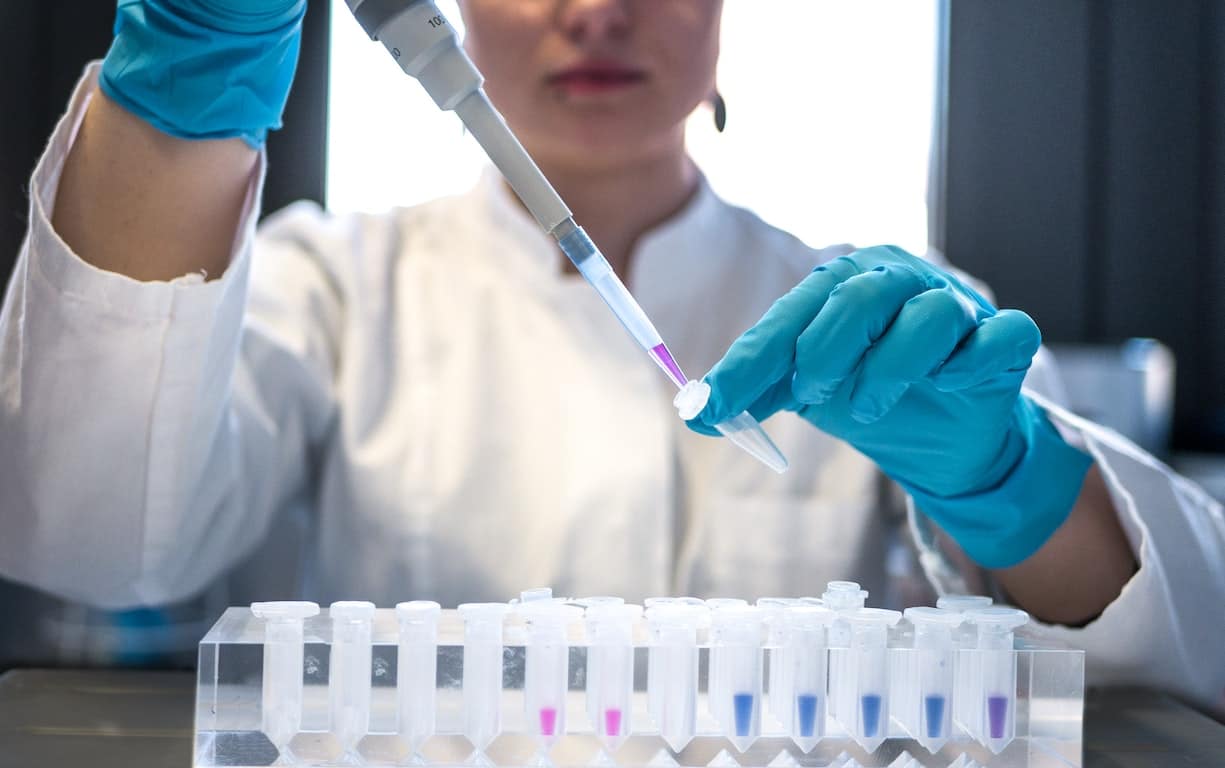As science laboratories embrace the use of technology, they offer powerful ways to reveal new ideas and catalyze innovation. Scientists can now gather higher-quality data in a fraction of the time it took just a few years ago by turning to technology for help with tasks such as automating labware processes and recording data from experiments efficiently. On top of this, advanced analytics allow labs to produce more precise outcomes and inform future decision-making. Read on to explore how continued technological progress is shaping modern science laboratories into efficient hubs for knowledge production!
Overview of the current state of technology in science labs
Science labs are constantly evolving thanks to advancements in technology. Today, equipment that was once considered cutting-edge is now outdated and inefficient. State-of-the-art technology in science labs can be found in a wide variety of equipment, from microscopes to spectrometry machines. Online providers like pasco.com offer a variety of science laboratory equipment that utilizes the latest technology to provide advanced, precise measurements. In addition to laboratory equipment, several computer programs have been developed to help scientists perform complex calculations and analyses with ease. The current state of technology in science labs is impressive, and it’s exciting to think about the advancements that will be made in the future.
How robots are used to automate processes
With their ability to automate processes and reduce human error, robots are becoming increasingly common in labs around the globe. From preparing samples and dispensing chemicals to measuring and analyzing data, robots are able to perform a wide variety of tasks quickly and accurately.
Besides saving a lot of time, these robots minimize the number of mistakes that can occur during experiments. As robots become more advanced and affordable, they will likely become even more commonplace in science laboratories.
How 3D printing is revolutionizing design experiments
The field of research has taken a major leap forward with the advent of 3D printing. In the past, scientists had to rely on traditional methods of prototyping and manufacturing, which were often tedious and time-consuming. But 3D printers now allow researchers to easily create and customize prototypes of their experiments.
The prototypes can then be tested and modified until they reach the desired design. It’s no wonder scientists have a powerful new tool at their disposal that can speed up the research process and save valuable time.
The increasing prevalence of data analytics
In our world, data is being generated at a seemingly exponential rate. Scientists and researchers are tasked with sifting through this vast amount of information to gather insights and make informed decisions.
By applying statistical and computational techniques to raw data, scientists can quickly and accurately identify patterns and trends that might otherwise have been missed. This allows them to make faster, more informed decisions, ultimately leading to advancements in various fields ranging from medicine to finance. It’s clear that data analytics is a powerful tool, one that has the potential to transform the way we approach problem-solving.
The use of virtual reality to simulate environments in a lab
Virtual reality has revolutionized the way we interact with technology, and it’s not just for gaming anymore. Researchers have found that virtual reality can be used to simulate real-life scenarios in a laboratory setting, providing a safe and controlled environment for study.
From medical training to disaster response simulations, the possibilities are endless. Not only does virtual reality allow for more efficient and cost-effective experimentation, but it also gives scientists a chance to explore new ideas that may not be possible in physical reality. Imagine being able to explore and experiment with things that were previously too dangerous or out of reach. With virtual reality, scientists can push the boundaries of what they thought was possible and usher in a new era of discovery.
The future of technology in science labs
The technology available to scientists today is just the tip of the iceberg. As technological progress continues, science laboratories will become increasingly efficient hubs for knowledge production. From robots that automate processes to data analytics that allow us to identify patterns and trends quickly, new technologies are being developed every day to make life in a lab more productive and efficient.
It’s an exciting time for science laboratories, and it is interesting to see how the convergence of technology and science will shape our future. With more advanced tools at our disposal, scientists can explore new ideas that may one day revolutionize the way we think about research. This is just a glimpse into what the future of science labs could look like as technology continues to evolve.
Technology has had a massive impact on science laboratories and is continuing to do so. From robots that automate processes to 3D printers, there are more opportunities than ever for scientists to explore new ideas and advance knowledge in ways they couldn’t have imagined just a few years ago. As technology continues to evolve, we can only imagine the amazing things scientists will discover and accomplish in the future!
